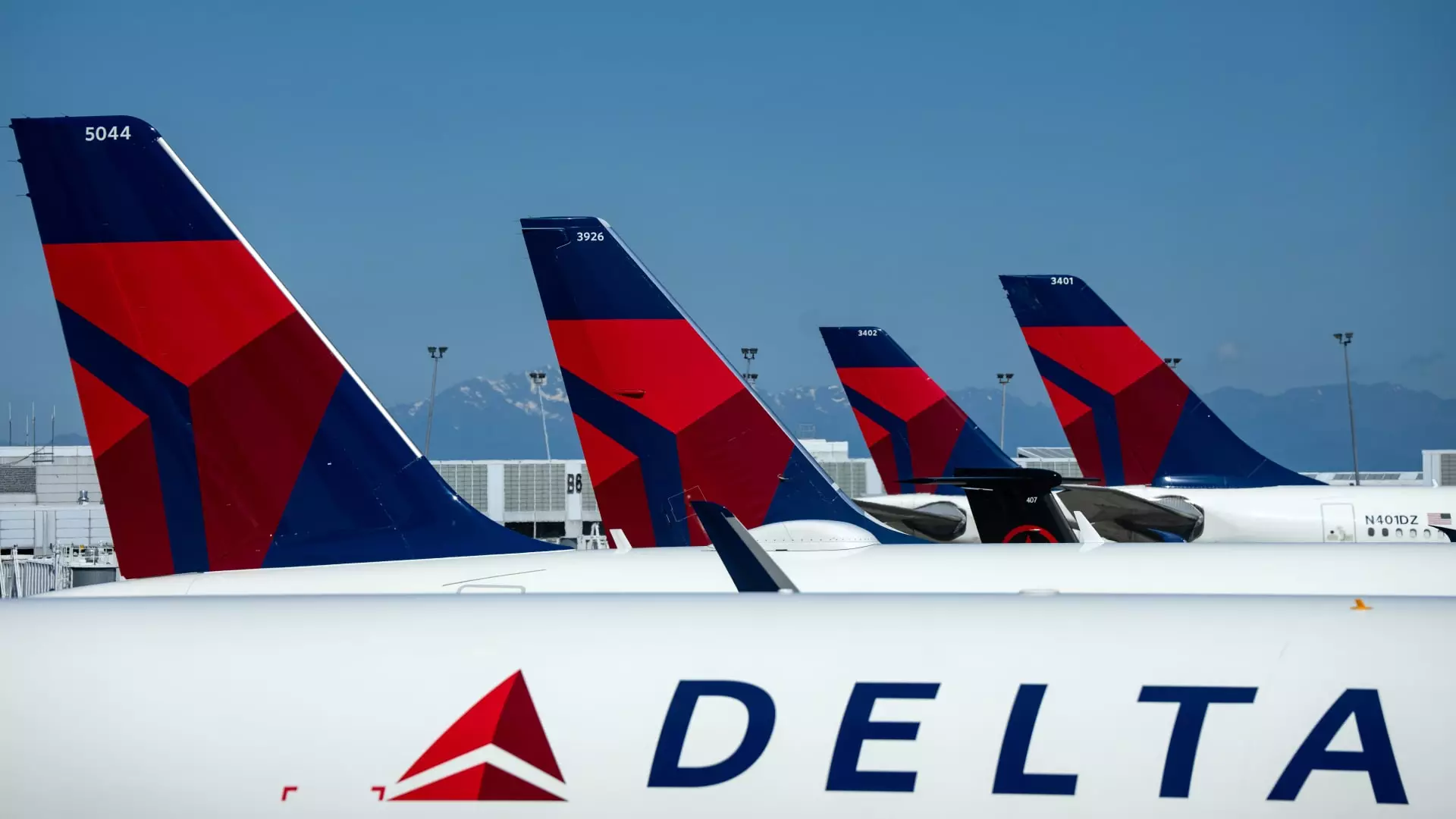As airlines navigate the final stretch of summer into the fall of 2023, emerging trends signal a significant shift in the industry’s financial landscape. With passengers increasingly expected to pay more for their flights and airlines adapting their strategies, the upcoming months could present a new economic reality for travelers and airlines alike.
Recent reports from various airlines indicate an optimistic uptick in unit revenues as summer draws to a close. For instance, Alaska Airlines has made headlines by revising its profit forecast for the third quarter upward from a prior estimate. The airline now projects earnings between $2.15 and $2.25 per share, a considerable leap from previous expectations of no more than $1.60. This increase is part of a broader trend where airlines anticipate higher unit revenues—by as much as 2%—which diverges sharply from earlier, more conservative estimates of stagnant or minimal growth.
Delta Air Lines has also shown optimistic signs, anticipating revenue boosts in September compared to last year despite facing challenges from an extensive flight disruption due to a technology outage. The airline’s revised forecasting indicates an increased unit revenue up to 4% growth, although the adverse circumstances slightly limited these projections. Delta has acknowledged the economic strain brought about by this downtime, not only in terms of its operations but also the financial hit it sustained—a staggering $500 million loss due to the canceled flights.
What’s particularly interesting is how external factors have created ripple effects across the airline industry. For instance, Alaska Airlines benefited from Delta’s outages, experiencing revenue performance that outpaced initial expectations. Crucially, this has created a complex competitive dynamic as airlines respond to fluctuations in operational performance and consumer behavior spurred by unexpected incidents.
While the immediate fallout of technological mishaps can be detrimental, they can also create opportunities for competitor airlines to recapture lost market share. As Alaska noted, the summer disruptions translated into increased revenue flows during periods when capacity remained constant while demand weakened overall.
The economic environment is also evolving concerning fare pricing and customer preferences. A recent report highlighted a rise in airfare prices, indicating a potential shift away from the previous trend where airlines had been grappling with low fares amid rising demand. After five months of downturns, the airfare price index jumped by 3.9% in August, signaling airlines’ renewed ability to enforce higher pricing structures as they seek to capitalize on recovering demand.
Budget airlines, like Frontier, are also adjusting strategies in light of changing consumer behavior. The company recently updated its earnings outlook to breakeven for the current quarter after initially forecasting significant losses. This positive pivot can be attributed to a stabilization of demand, coupled with strategic reductions in capacity, aptly reflecting the industry’s response to economic variances and traveler expectations.
While financial forecasts have improved, the competition among airlines remains fierce, with many carriers focusing on attracting high-spending clientele. Enhancing the travel experience through upgraded services has emerged as a key strategy. Airlines, from premium carriers like United to budget options like Spirit, are competing on the quality of their offerings—this includes improving inflight services, introducing better loyalty programs, and enhancing connectivity options like Wi-Fi.
United, for example, has recognized the importance of these competitive differentiators, emphasizing improvements in its premium offerings. The focus on elevating customer experience illustrates not just a response to immediate financial pressures but a long-term strategic outlook aimed at enhancing customer loyalty and brand reputation.
As the airline industry faces a series of complex challenges—from technological disruptions to evolving passenger expectations—airlines are recalibrating their strategies to find pathways toward profitability. The rising revenue forecasts suggest that there may be light at the end of the tunnel for both consumers and airlines. However, the potential for economic turbulence looms as companies navigate these changing dynamics with caution and innovation. In many respects, the airline industry’s resiliency will be tested in the months to come as they seek to maintain increased revenues while delivering value to their customers.

